Have you heard of pea brush, or “brushing” plants? Did you know it’s not just for peas?
Jump to:
- What is Pea Brush?
- How Can Pea Brush Be Used for Perennials?
- How to Use Brush for Perennial Plant Support
- Step by Step: How to Brush Perennial Plants
- Will Brushing Ruin the Look of My Ornamental Plants and Perennials?
- Can I still cut stalks, stems, and flowers from brushed perennials?
- What Types of Perennials is Brushing Useful For?
- Even Annuals Can Benefit from “Brushing”
- The Beauty of Brushing for Garden Supports
What is Pea Brush?
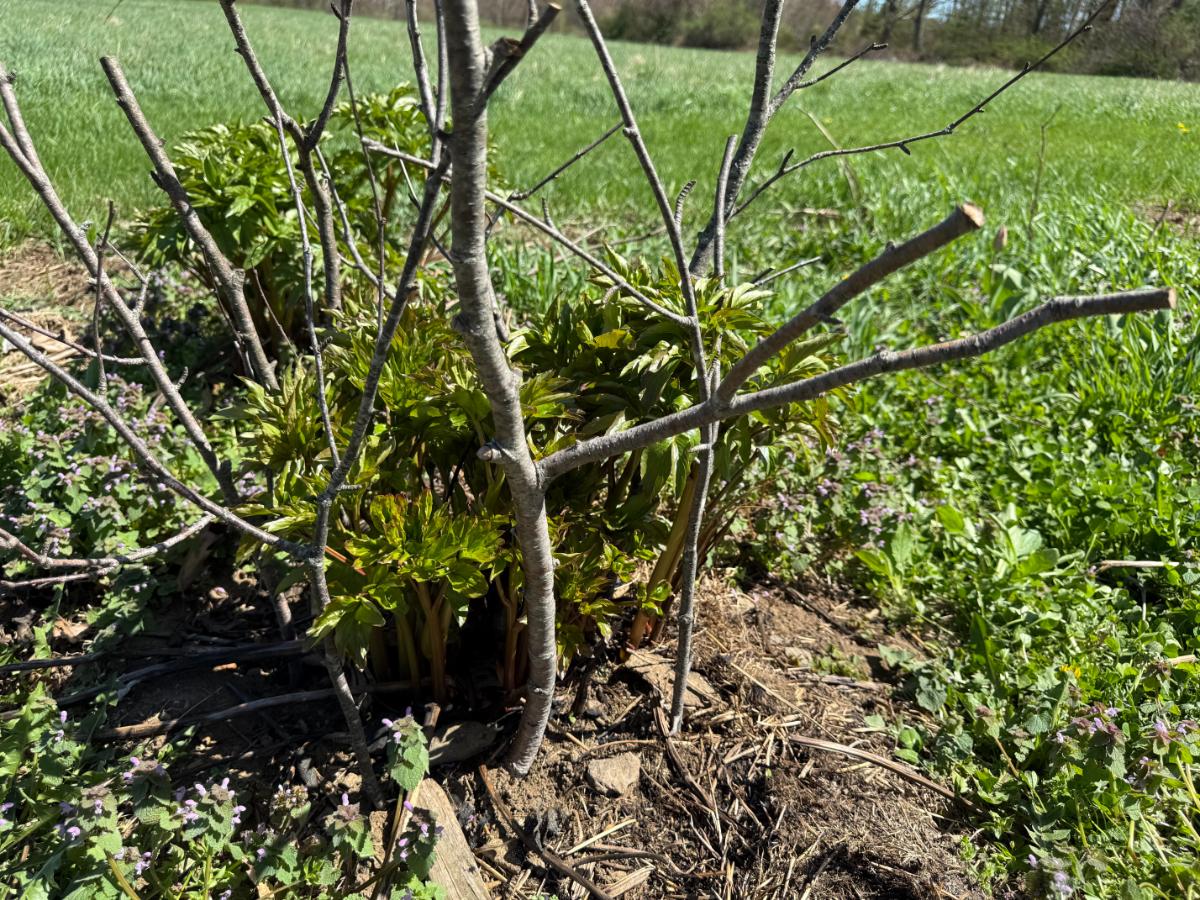
Pea brush is literally brush -- branches, twigs, and sticks -- that are used as support, a fence of sorts, for peas to climb on.
The same concept can be used as a support for various perennials, and for some other top-heavy or vining plants, too.
Pea brush is very easy to install. It’s free and is nothing but eco-friendly!
Pea brush is really one of the best forms of support one could use in their garden.
How Can Pea Brush Be Used for Perennials?
For perennials, pea brush (aka brush or brushing) can be used as a support for flowers, shrubs, tall, lanky stalks, or vining or climbing plants that need direction or benefit from extra support.
For vining plants that climb and cling, brushing is used just like it is for peas -- stuck in and as a place to let the plants climb onto to help them spread and stay up off the ground.
Another great use of pea brush is to support plants with tall, heavy, or floppy flowers. It’s very useful for things like peonies that become easily broken under their own weight, or when challenged by stiff breezes and wind.
How to Use Brush for Perennial Plant Support
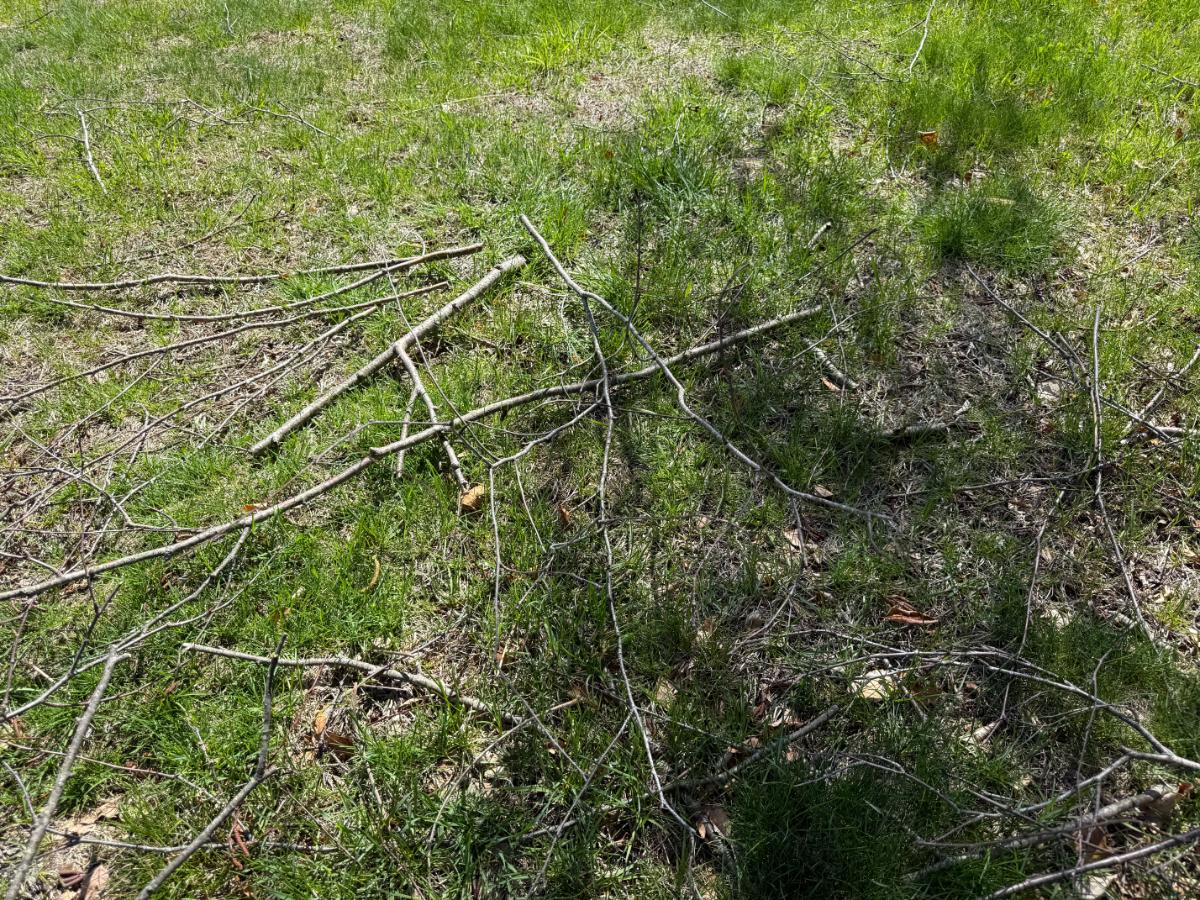
Installing pea brush is easy. But there is a key to using it successfully. That key is timing. It’s important to install pea brush at the right time to give your plants the most support. And it should happen earlier rather than later.
When to Set Brush for Perennials
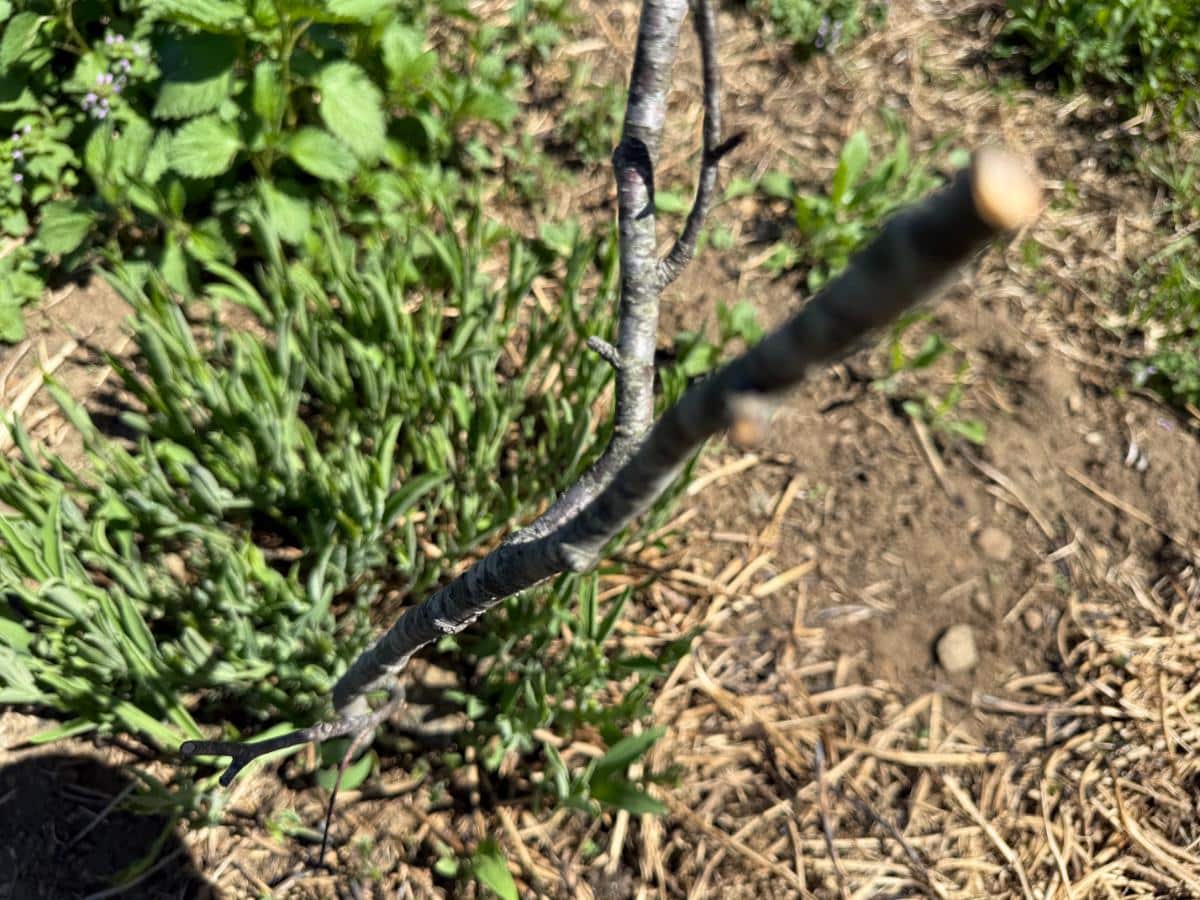
For the best support, set your perennial brush early in the season. This should be either before or as the plants are just starting to come up.
You’re aiming to install the brush before there is too much large or bushy growth. For flower support, you especially want to do this at least when the stalks are still growing, but ideally before they are sent up.
The idea is that, with the brush in place, the plant and stems will grow up through the brush and be supported by it.
It’s best for this to happen while the stems are still narrow and the buds are still tight. That allows the stalks to navigate through the sticks, and when the buds open, they will be supported by the brush.
You won’t have to guess where to place the brush; the plant and stalks will find their way.
Step by Step: How to Brush Perennial Plants
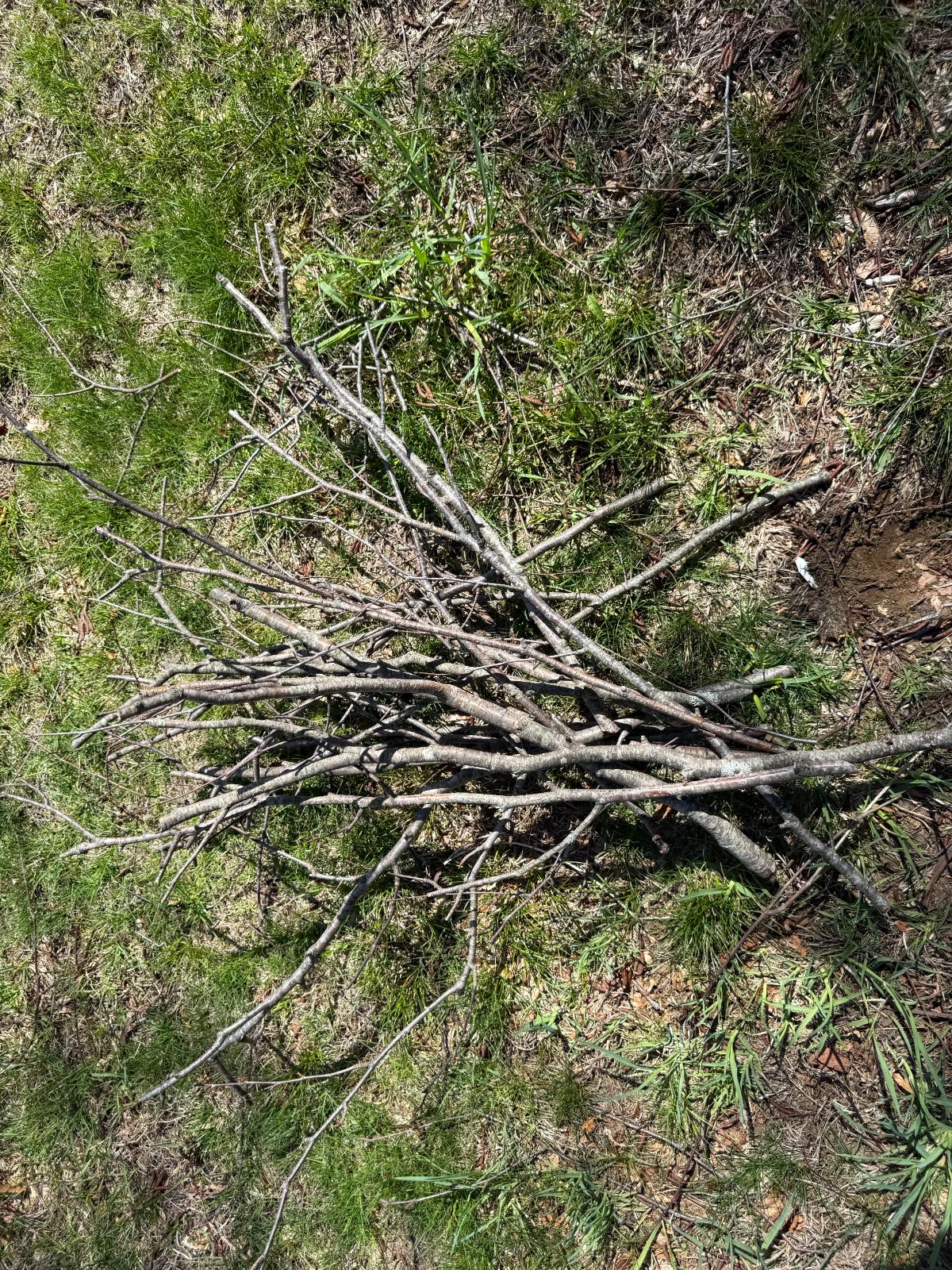
- Collect sturdy segments of brush from your yard, waste piles, or trees or woody shrubs.
- Good options include partially dried, flexible, small branches, ideally from hardwood trees like birch or maple. Pruned branches from woody shrubs and especially from pruned fruit trees work well, too.
- Brush and branches with some branching and segmentation are best; they’ll offer your plants more options for support, and increase the chances that the support will be in the right place.
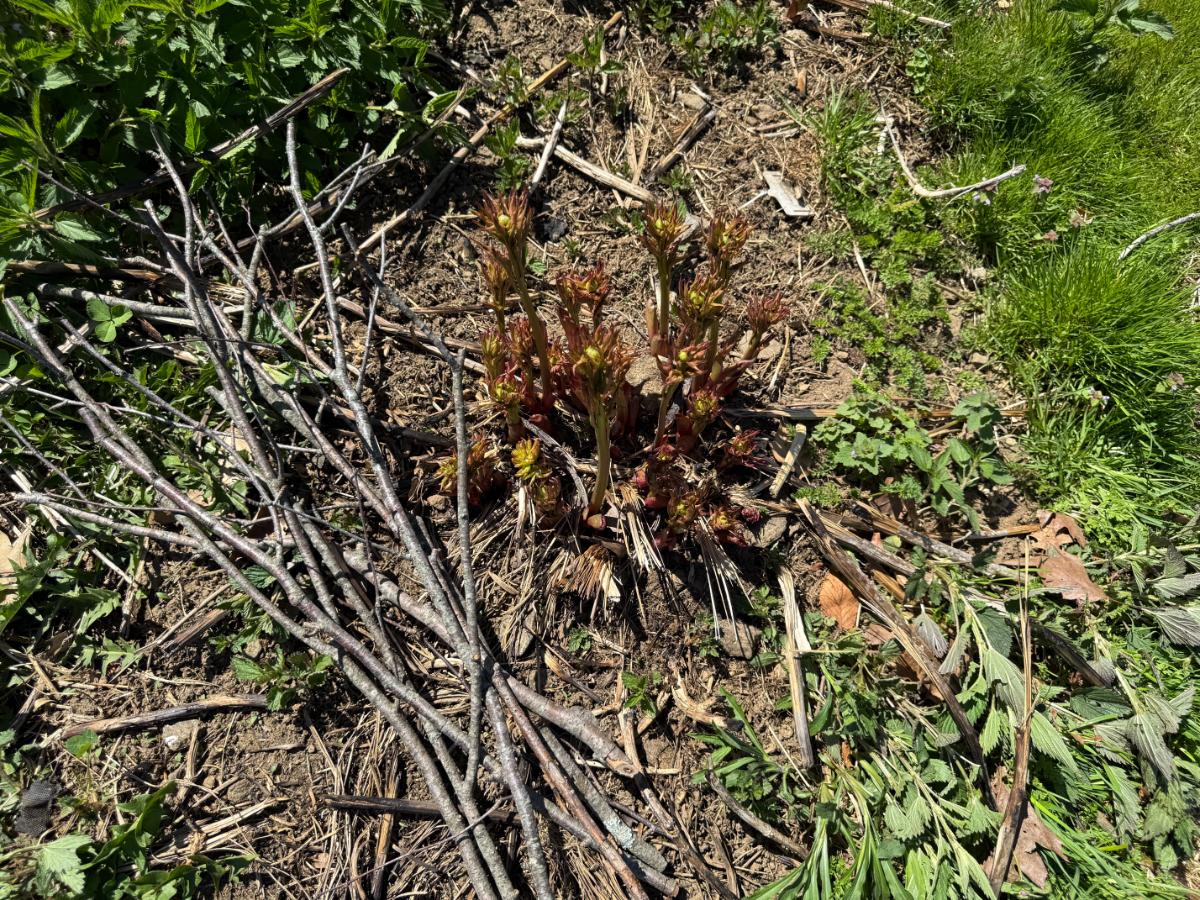
Brush should be around an inch at the bottom (give or take). Something with a smaller diameter will be easiest to push into the ground.
- Cut an angle at the base of the brush. This will make it easier to push the brush into the soil. 5. Try to use branches that will be about the same height or slightly shorter than the mature height of your plant. It’s okay if it is a little taller; you can always trim to size when the bush is more grown.
- Working around the outside of the plant, push the bottom end of the brush several inches into the ground. Push down as far as it needs to stand firmly on its own.
- Circle the outside of the crown with the brush.
- If you think you need a piece or two in the center, you can add it, but try to keep that to a minimum so that you don’t damage the crown or roots of the plant.
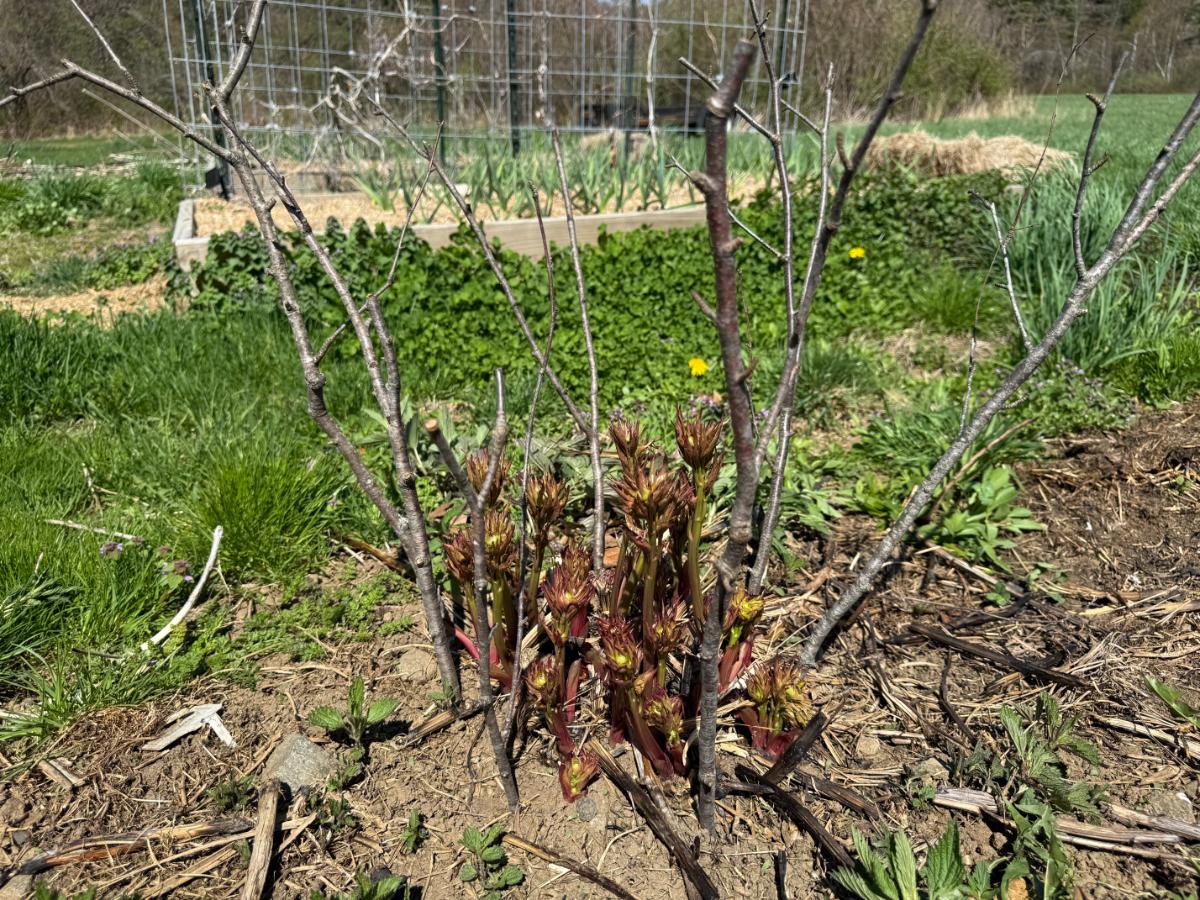
That’s it! You have now installed a free, natural support system for your perennial!
Will Brushing Ruin the Look of My Ornamental Plants and Perennials?
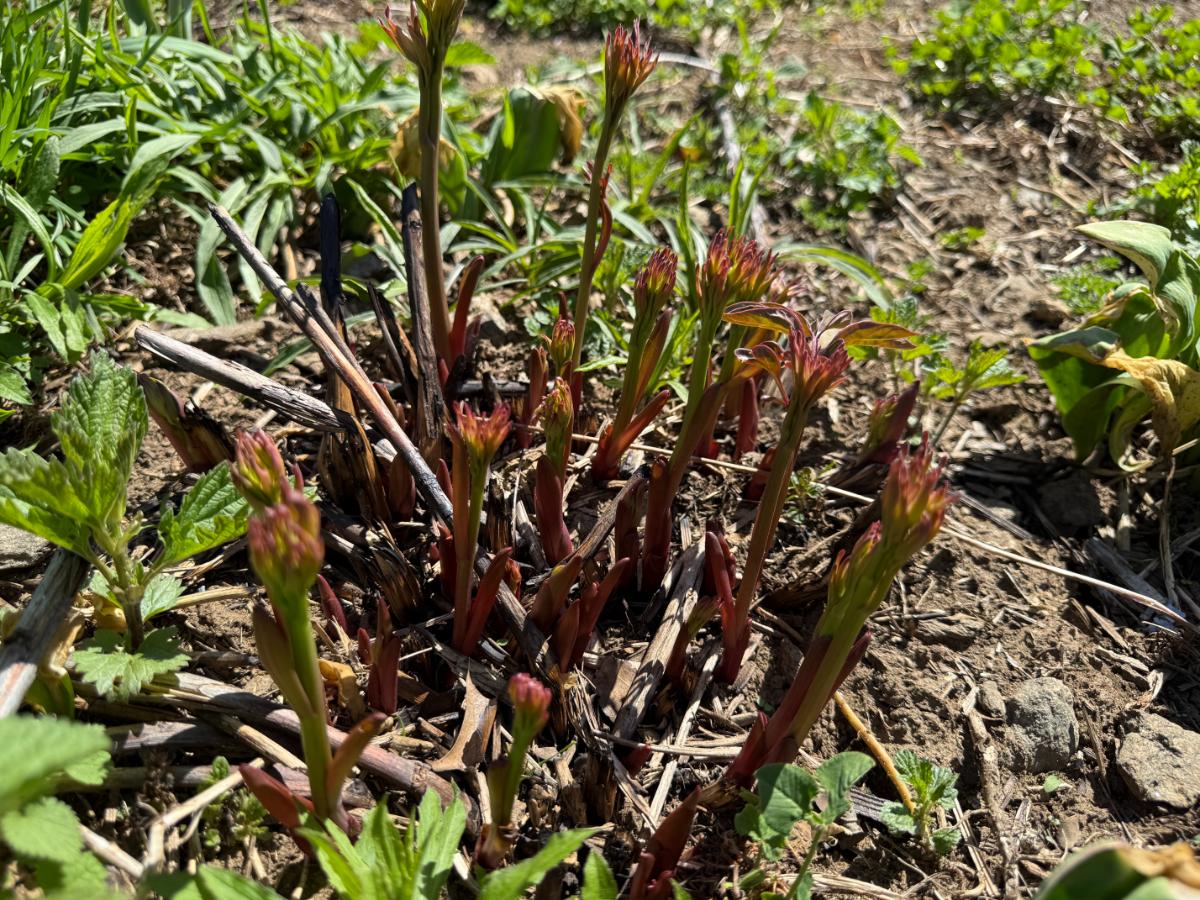
No. Brushing hides quite well inside perennials. The plants and foliage grow up through, and they’ll hide the brush.
Some people like the look of some exposed brush, too. It lends a sort of accent, like fillers and woody stems in flower arrangements. If you like that look, you might leave your branches a little on the long side.
Can I still cut stalks, stems, and flowers from brushed perennials?
Yes!
Just cut from the center, between the brush, or from the bottom, and pull the stalk up through the top of the brush.
What Types of Perennials is Brushing Useful For?
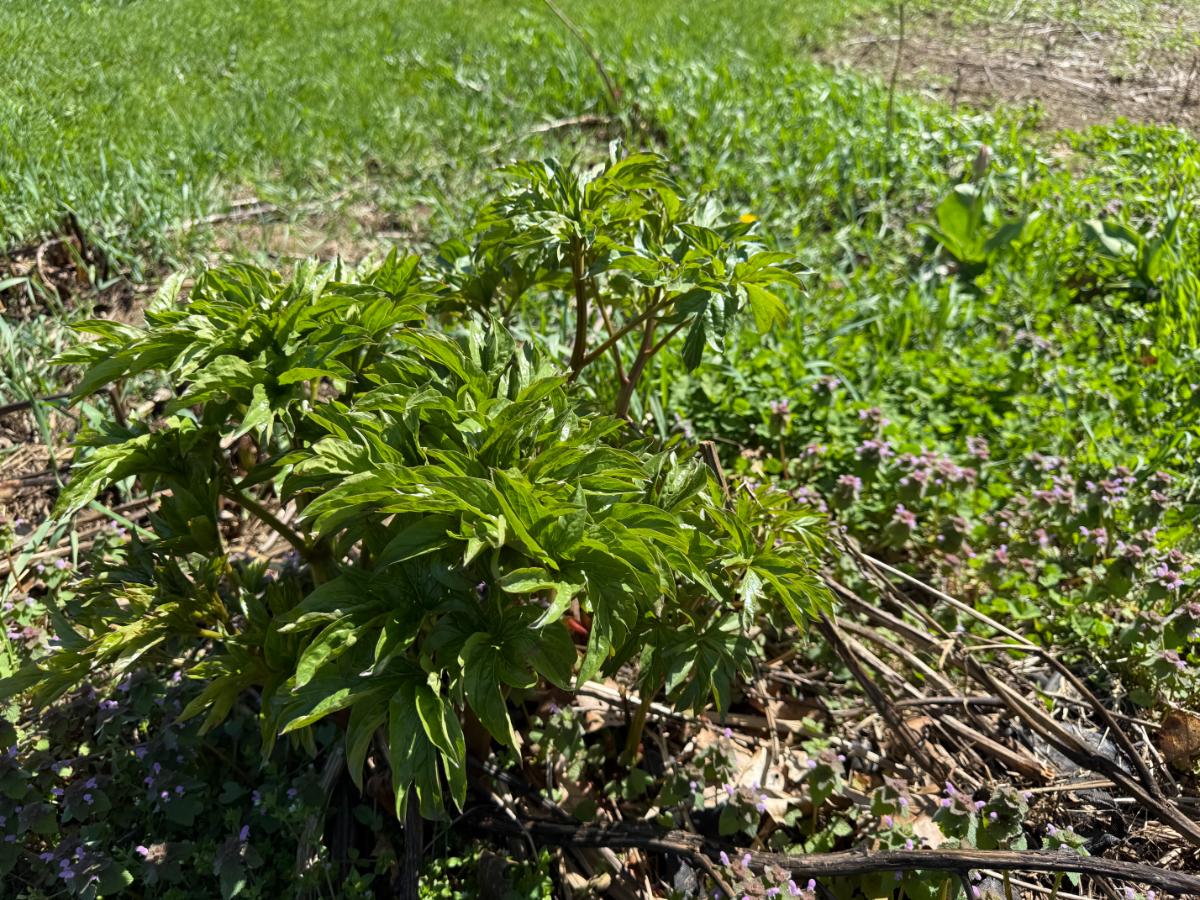
Brushing is good for any type of perennial that you think could use some form or support.
A few top types are
- Peonies
- Roses
- Climbing roses
- Climbing sweet peas
- Any vining plant
- Any top-heavy flower or stalk that has a tendency to fall over from its weight or from the wind
Even Annuals Can Benefit from “Brushing”
Of course, brushing isn’t only for perennial plants. Any annuals or bulbs that you grow that fall or break easily can also benefit from support by brushing.
Gladiolas come to mind. The flower stalks are so tall and heavy that they often fall over and can break. A little branching support can go a long way.
Other annuals you might use brushing for are things like tall zinnias, snapdragons, field marigolds, and more.
The Beauty of Brushing for Garden Supports
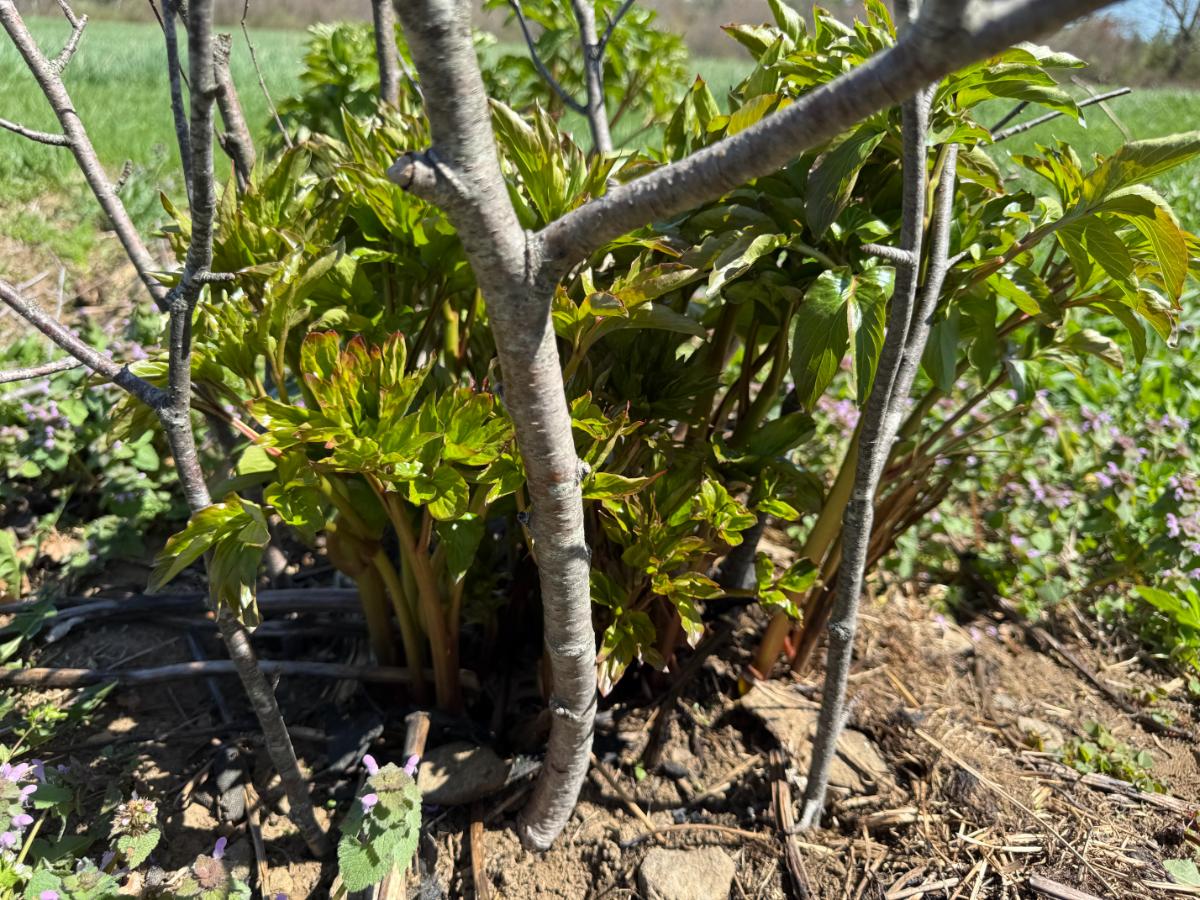
The beautiful thing about using pea brush as perennial supports is that it is a harmless, natural, free product that is either unnoticeable or lends a natural, rustic look when it is visible.
It is harmless if it’s left in the garden after the season. Leaving the brush in place over winter can even help mark where your dormant perennials are.
Perennial brush is compostable and is a source of organic matter, so they’re easy to dispose of when their job is done -- without adding to the waste stream!

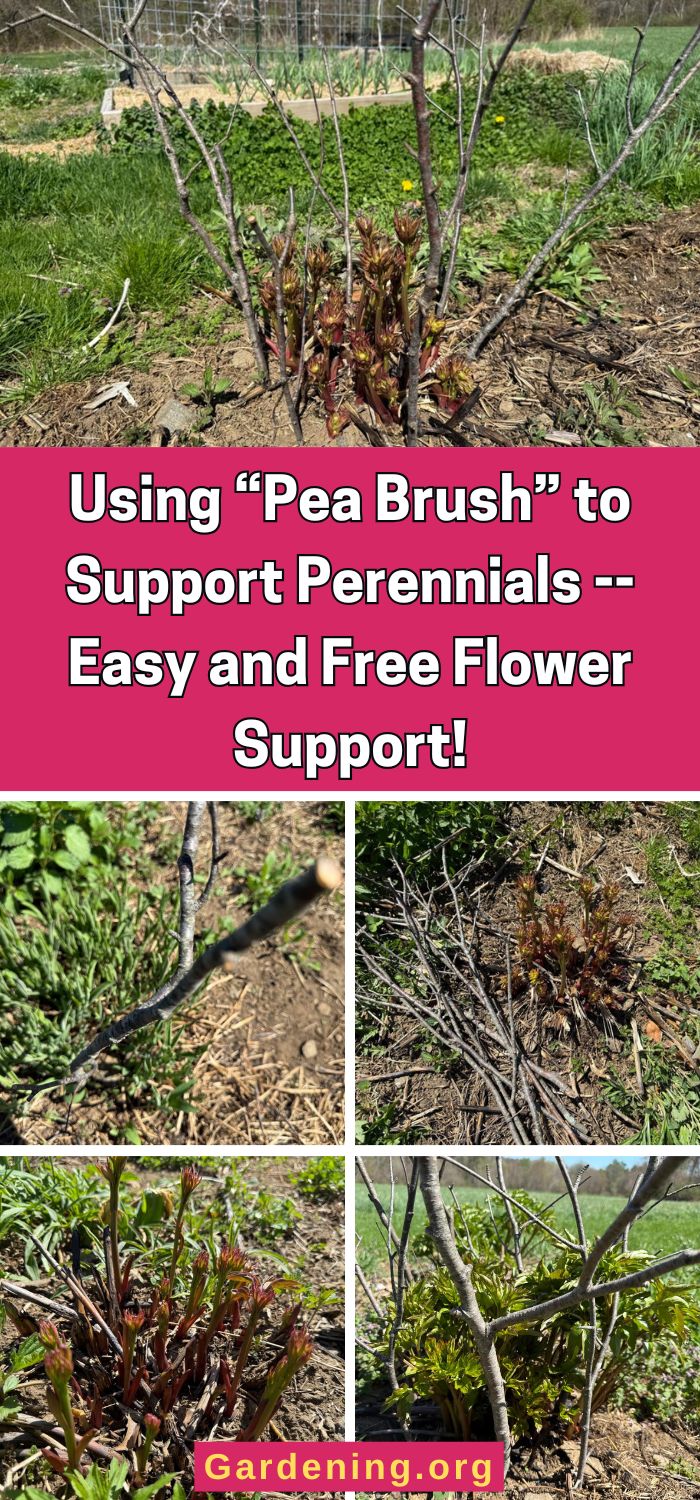
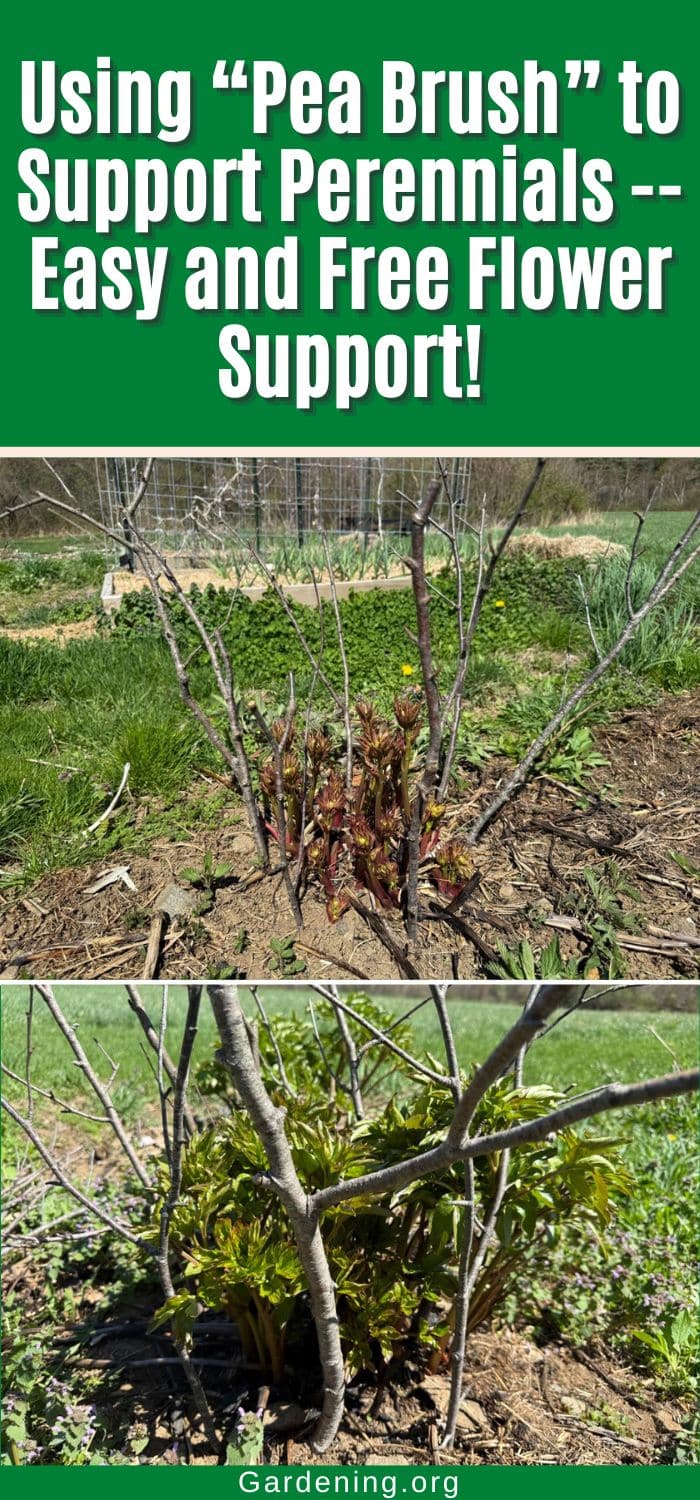
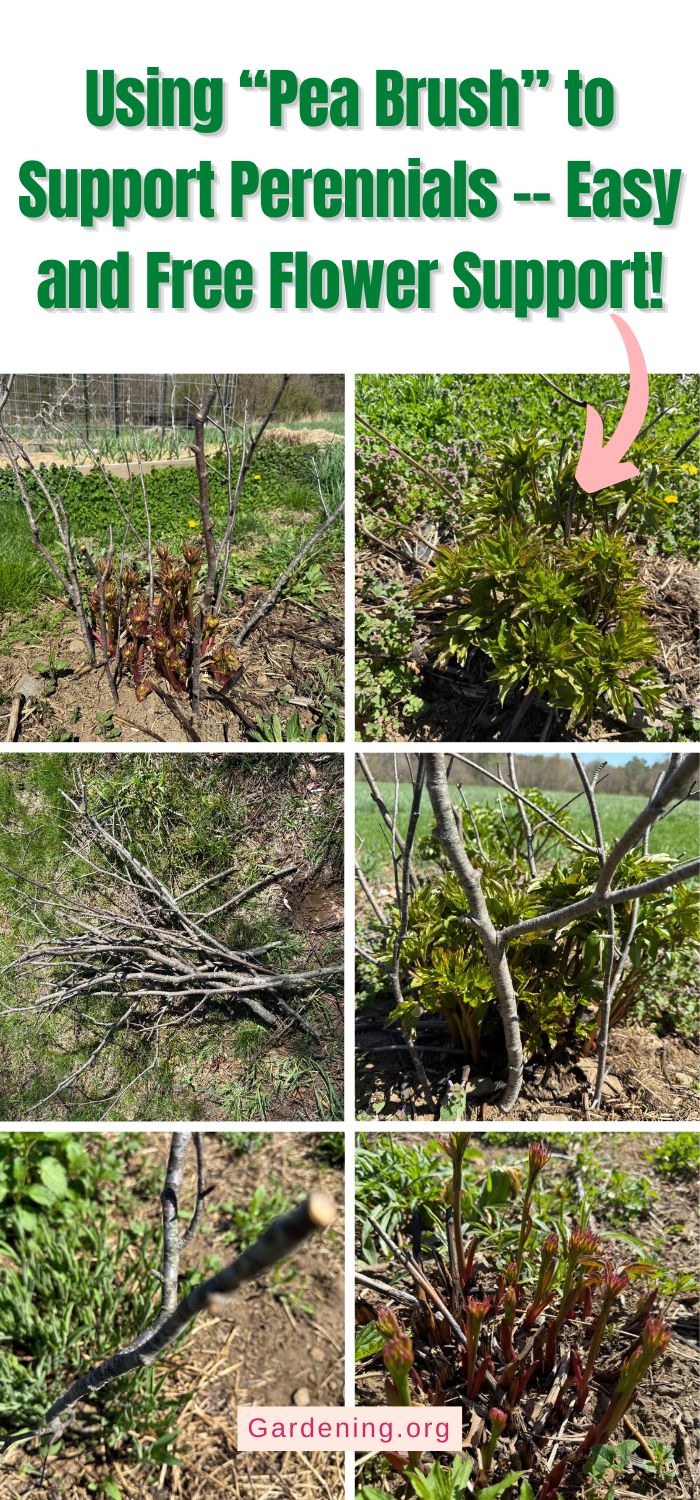
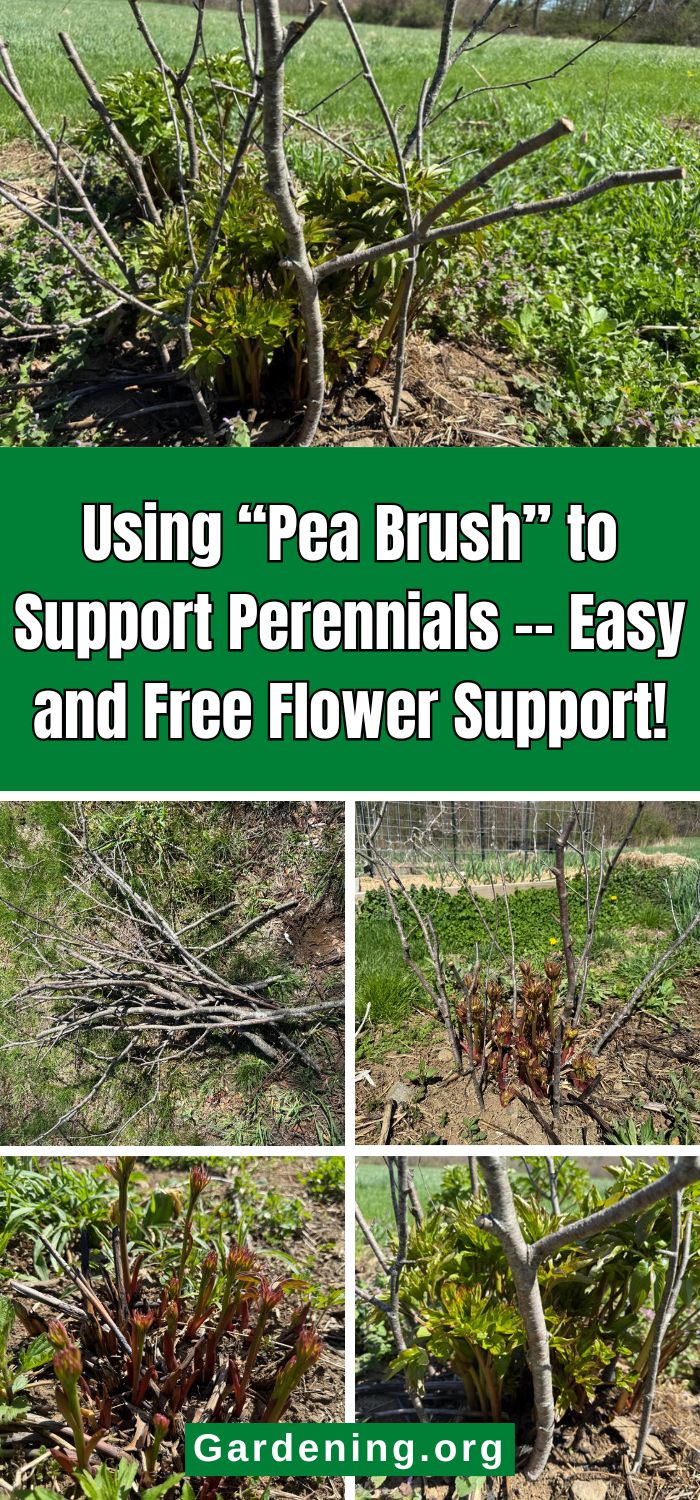




Leave a Reply